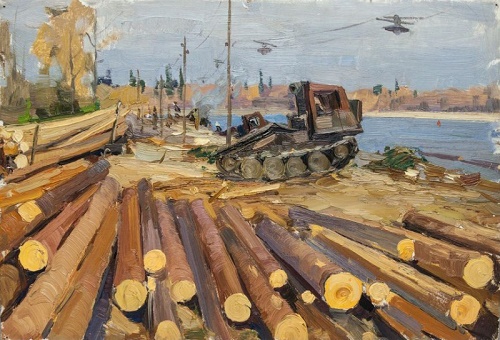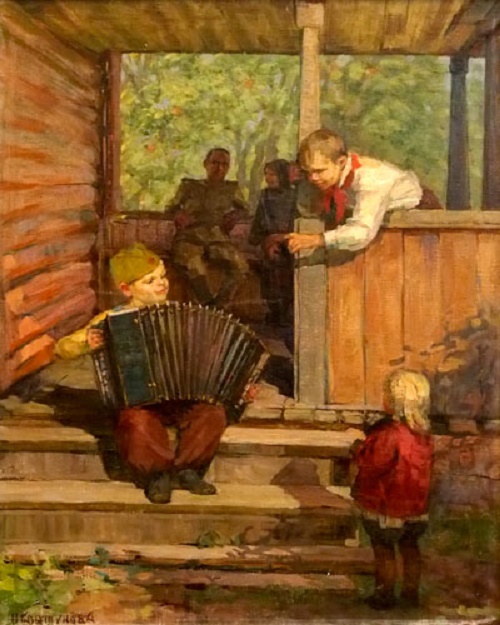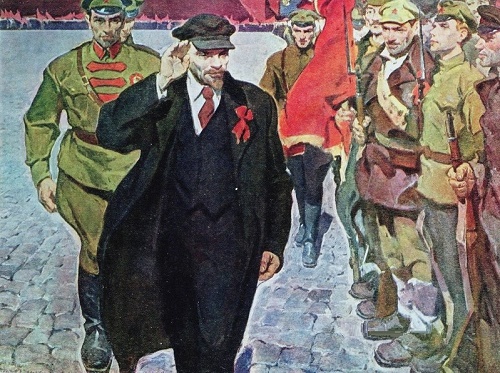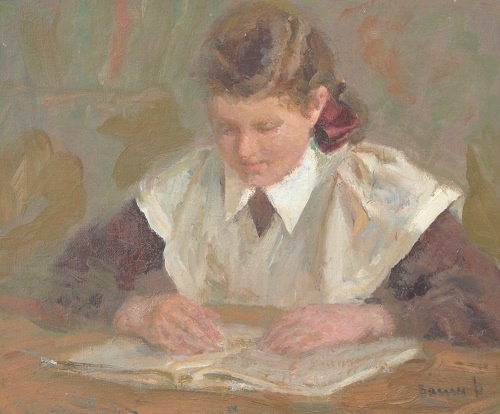Soviet graphic artist Stanislav Nikireyev
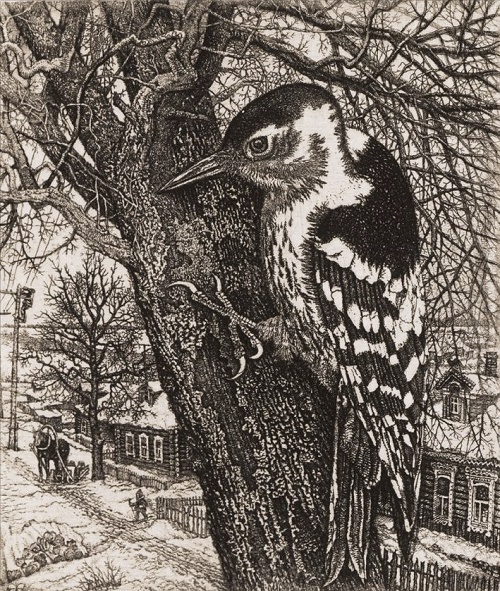
Woodpecker. Paper-etching. 1981. Soviet graphic artist Stanislav Nikireyev (07.11.1932 – 24.08.2007)
Soviet graphic artist Stanislav Nikireyev (07.11.1932 – 24.08.2007) – People’s Artist of Russia, Member of the Russian Academy of Arts. His works are in the State Tretyakov Gallery, the Russian Museum, the Ministry of Culture of the Russian Federation, the Union of Artists of Russia, and more than 80 museums in Russia and the former Soviet Union. His virtuoso filigree drawings distinguish a special delicate taste, subtlety of perception of nature – and striking artistic authenticity. The favorite motifs of the artist – a small Russian town, full of peculiar charm of antiquity, memorable places associated with dear to the Russian heart names and events, poetic corners of nature. Into the silver lace of his landscapes as if weaved the living members of the compositions – human, horse, dog, bird, giving the warm breath of real life to the drawing.
Read more »

